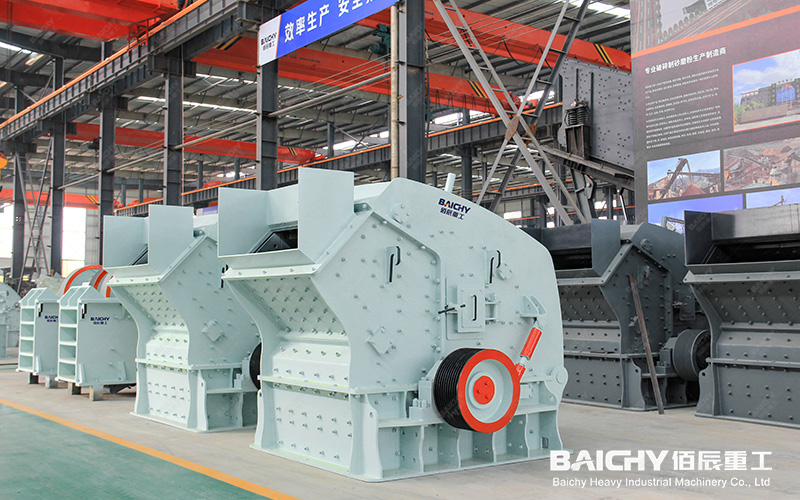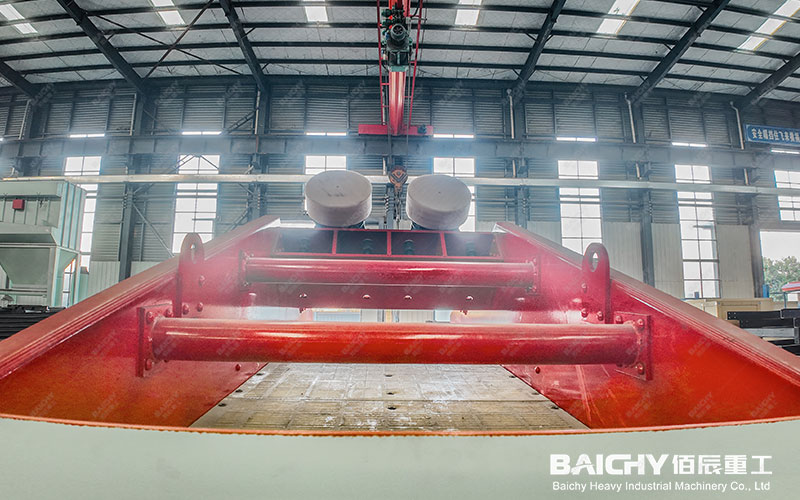
In the field of sand and gravel aggregate and mineral processing, the secondary crushing stage is crucial in determining the final product's particle shape and capacity. Choosing a high-performance, stable, and reliable secondary crushing unit is essential for the efficiency and profitability of the entire production line. This article will provide an in-depth analysis of a highly regarded model—the impact crusher with a crushing capacity of 60-80 tons/hour (used as a secondary crusher)—to help you understand its core advantages and application scenarios.
Why Choose Impact Crusher as a Secondary Crushing Solution?
The impact crusher, with its unique "stone-on-stone" and "stone-on-iron" working principle, exhibits significant advantages in secondary crushing:
1. Excellent Particle Shape Control: The crushed material is cubic in shape with extremely low needle-like and flaky content, resulting in excellent product particle shape and greatly improving the quality and market value of construction aggregates.
2. High Efficiency and Energy Saving: The optimized crushing chamber and high-speed rotating rotor achieve higher energy utilization, effectively reducing energy consumption per ton while reaching rated capacity.
3. Flexible Adjustability: By adjusting the rotor speed and impact plate gap, the output particle size can be easily controlled to meet the specifications of different customers for the final product.
4. Multi-functionality: Not only suitable for crushing medium-hard materials such as limestone and granite, it also performs well with some soft materials, making it widely applicable.
60-80 tons/hour Capacity: Meeting Mainstream Production Needs
A crushing capacity of 60-80 tons/hour makes it an ideal choice for small to medium-sized sand and gravel production lines. This capacity range can be well matched with:
• Standard production lines with a capacity of 100-150 tons/hour: As the core equipment for medium crushing, it forms an efficient two- or three-stage crushing and screening process with jaw crushers (primary crushing) and vibrating screens.
• Upgrading and retrofitting existing production lines: Replacing old and inefficient secondary crushing equipment, directly improving system capacity and product quality.
• Dedicated mixing plants for engineering construction projects: Providing a stable and high-quality aggregate supply for large-scale highway, railway, and water conservancy projects.
Application Scenarios and Materials
• Applicable Materials: Medium-to-low hardness ores such as limestone, bluestone, and dolomite; recycling and crushing of construction waste concrete.
• Typical Applications: Sand and gravel aggregate plants, mining, building material recycling, infrastructure construction, etc.
An impact crusher with a stable capacity of 60-80 tons/hour is not only a reliable tool for completing secondary crushing tasks, but also a powerful assistant for enhancing product competitiveness and achieving cost reduction and efficiency improvement. When selecting equipment, please be sure to consider your raw material characteristics, target products, and long-term plans, and choose a brand with mature technology and guaranteed after-sales service.











